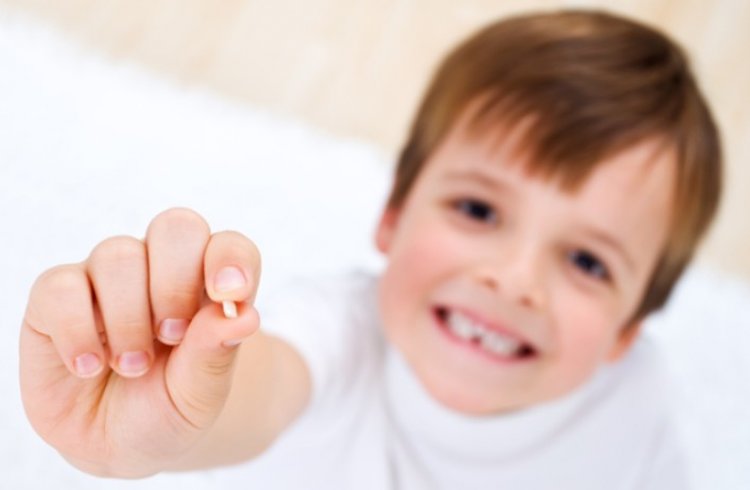
Can baby teeth have concealed in them the code of what makes someone autistic? Researchers in The Mount Sinai Hospital Center for Autism treatment and Research believe so. They checked baby teeth and found that higher absorption of toxic substances in the teeth was related to increased risk of being on the autism spectrum.
In addition to identifying substances and environmental factors that contribute to the risk of autism the research also pointed to specific times of development where exposure to these substances increases the risk of autism later on in life.
“We found big differences in the amounts of toxic substances absorbed in the baby teeth of children with autism and their siblings that didn’t have autism, but these were at specific times of development,” says Dr. Manish Arora of the Icahn School of Medicine at Mount Sinai in New York.
one of the researchers. “More specifically, children with autism absorbed more lead and less vital elements like magnesium and zinc during pregnancy and the early months of childhood. These timeframes were identified through analysis of their milk teeth. In addition, the amount of metals absorbed in their teeth in their first 3 months after birth proved to be accurate predictors of the level of Autism found eight or ten years later.”
How can you identify time frames from looking at the teeth and know during which time frames more toxic metals were absorbed? It comes out that during pregnancy and early childhood after birth every week baby teeth would receive another layer of tooth similar to the lines in a tree which can say how old the tree is and how wet the season was. Each layer of the tooth contains traces of the chemical makeup of substances coursing through the body at that time. Analyzing the layers with a laser reveals what substances were absorbed into the tooth that were coursing around the baby’s body at that time.
The researchers stress that more research is needed to establish if the higher level of toxic substances absorbed by autistic children is due to more exposure to these substances or due to a genetic factor that affects how the child’s body deals with these substances.
